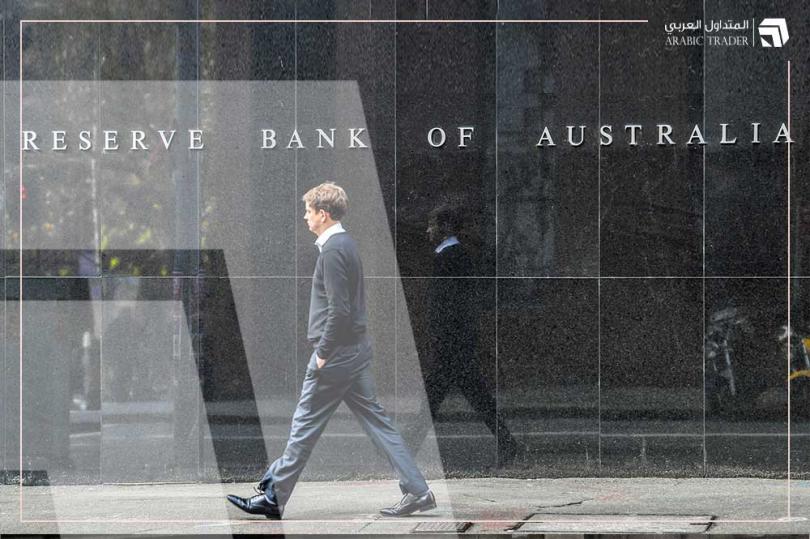Reserve Bank of Australia
The members of the Bank’s Monetary Policy Committee met the reserve Australian This morning, Tuesday morning, led by bank governor Philip Lowe, the committee decided to raise interest rates by just 25 basis points, bringing the interest rate to 2.85%.
- The full impact of monetary policy on the economy is seen in the long run, as the economy has not yet seen the full results of previous monetary tightening decisions.
- The impact of the Reserve Bank of Australia’s monetary policy on mortgages has yet to be seen.
- The Australian reserve expects further interest rate hikes in its upcoming meetings.
- The Australian reserve is committed to reducing inflation and achieving price stability.
- The Reserve Bank of Australia believes much of the high inflation in Australia – which registered 7.3% in the third quarter – is largely due to global external supply factors, as well as increased demand.
- Bringing inflation back to the Reserve’s 2% target requires simultaneous improvement on both the supply and demand sides.
- The Australian reserve expects the inflation rate to rise further in the next period, to reach its peak around 8% by the end of the year.
- The Reserve Bank of Australia expects inflation to slow down over the next year, averaging around 4.75% over the course of 2023 and just above 3% in 2024.
- The Australian economy will continue to grow, driven by significant increases in the volume of trade.
- The Reserve Bank of Australia has cut its growth forecast to 3% this year and to 1.5% over the next two years.
- The Australian Reserve predicts that the labor market will continue to be strong, as the recent decline in employment is due to the filling of most of the job vacancies, as the unemployment rate has remained stable at the lowest level in nearly 50 years at 3.5%.
- The RBA does not continue to face significant challenges in achieving price stability, as there is still a lot of uncertainty about economic conditions.


